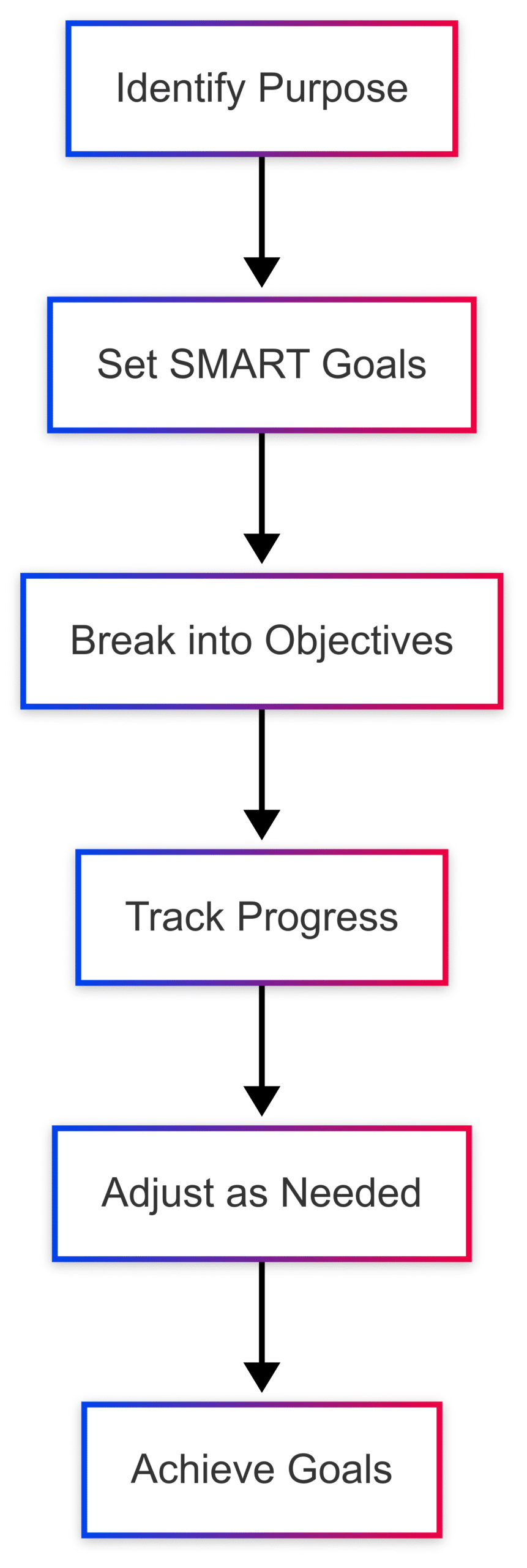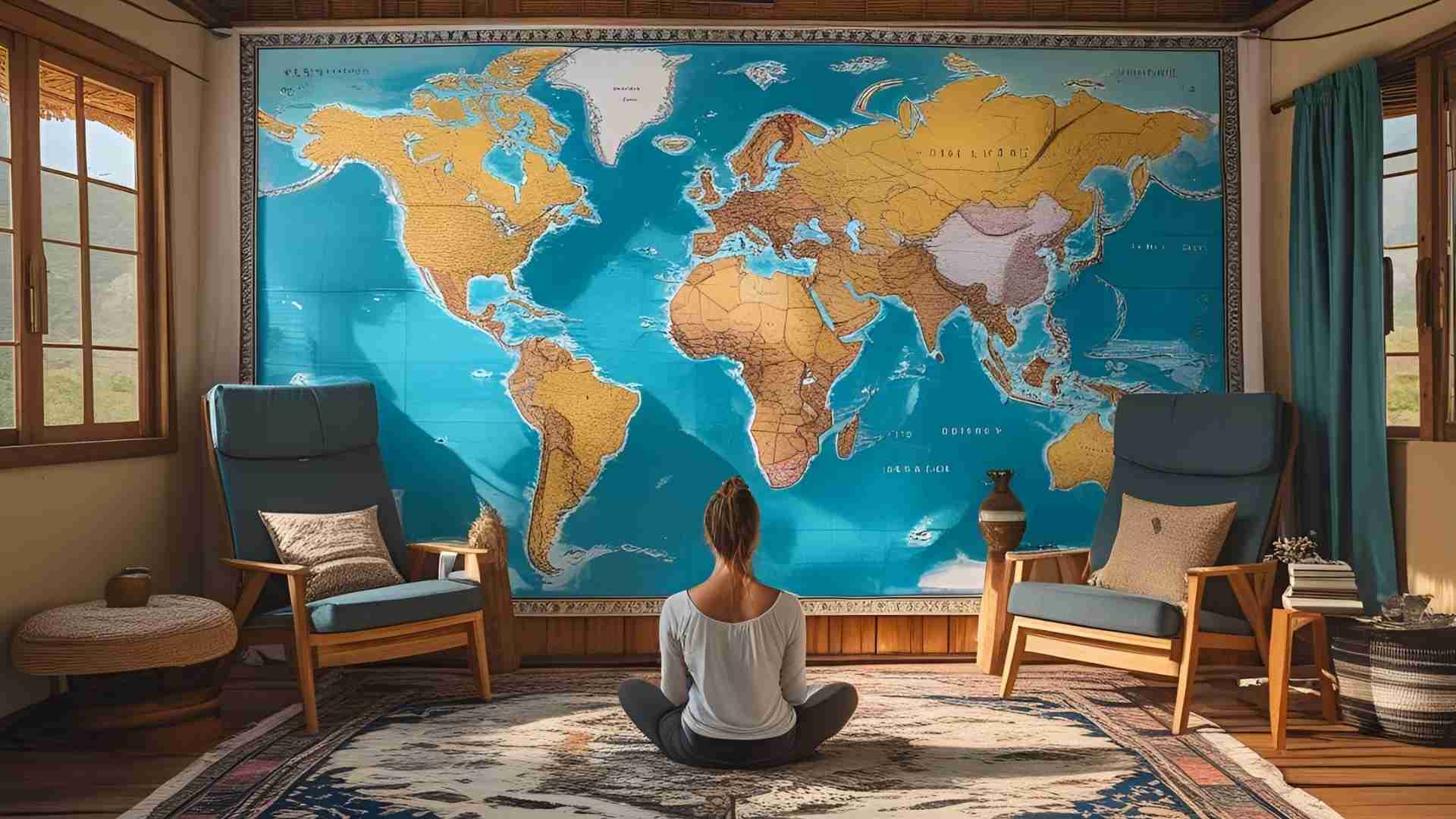Discover essential tips for long-term nomad living, from choosing a home base to managing finances and accommodations, based on real experiences.
The digital nomad lifestyle—working remotely while traveling the world—has surged in popularity, offering freedom, adventure, and flexibility. Yet, sustaining this lifestyle long-term requires careful planning, adaptability, and resilience. Drawing from the experiences of Alexandra Allover and her partner Paul, who transitioned from conventional careers to full-time nomadism, this guide provides actionable strategies for building a sustainable nomadic life. From selecting a home base to optimizing accommodations, managing finances, and maintaining mental health, these tips are grounded in real-world lessons learned across South America and beyond.
Laying the Foundation: Planning Your Nomad Lifestyle
Embarking on a nomadic journey begins with strategic planning. Alexandra, a former high school teacher in Austria, Switzerland, and the Netherlands, and Paul, her partner, decided to embrace nomadism by quitting their jobs and selling their possessions. Their goal was to create a flexible lifestyle that allowed indefinite travel without sacrificing stability.
Choosing a Home Base
A critical decision for long-term nomads is selecting a home base that supports a mobile lifestyle. Alexandra and Paul evaluated countries based on residency requirements, cost of living, and travel flexibility. After two years of research, they chose Paraguay for its affordable, fast-track permanent residency program, which allows nomads to travel globally without losing residency status. Paraguay’s membership in the Mercosur trade bloc also enables easy border crossings with a Paraguayan car and identity card, facilitating travel to countries like Brazil, Argentina, and Uruguay.
Why Paraguay?
- Residency Benefits: Permanent residency is attainable within months, with minimal physical presence required.
- Cost-Effective: Lower living and administrative costs compared to other South American countries like Brazil.
- Travel Freedom: Mercosur agreements simplify regional travel.
For nomads, a home base provides legal and logistical stability. Other popular options include Panama, Mexico, and Portugal, each offering unique visa programs tailored to remote workers.
Establishing a Location-Independent Income
Financial sustainability is the backbone of nomadism. Alexandra and Paul prioritized building online businesses before fully committing to travel. Options for location-independent income include:
- Freelancing: Writing, digital marketing, or graphic design offer flexibility and scalability.
- Online Teaching: Platforms like VIPKid or Italki enable teaching English or other skills remotely.
- E-commerce: Selling digital products or running a dropshipping business.
- Content Creation: Blogging, vlogging, or podcasting can generate passive income through sponsorships or ads.
Alexandra emphasizes starting small and scaling gradually. “We didn’t wait for a perfect business plan,” she says. “We experimented with freelancing and blogging, refining our approach as we traveled.”
Optimizing Taxes and Legalities
Navigating taxes as a nomad can be complex. Alexandra and Paul structured their income through a U.S.-based LLC, paying estimated taxes quarterly. For U.S. citizens, the Foreign Earned Income Exclusion (FEIE) allows excluding up to $120,000 (2023 threshold) of foreign-earned income from U.S. taxes, provided you meet residency or physical presence tests. However, tax obligations vary by country and income source.
Tax Tips:
- Consult a tax professional familiar with digital nomadism.
- Maintain clear financial records using tools like QuickBooks or Wave.
- Research double taxation treaties between your home country and host countries.
Finding Suitable Accommodations
Accommodations significantly impact a nomad’s productivity and comfort. Alexandra and Paul have stayed in over 300 properties, from Airbnbs to hotels, across South America. Their experiences highlight the importance of prioritizing specific amenities and vetting options carefully.
Key Accommodation Considerations
- Reliable Internet: Essential for remote work. Check reviews for Wi-Fi reliability and test speeds upon arrival.
- Workspace: A dedicated desk and ergonomic chair enhance productivity.
- Comfort: Larger beds (avoiding South America’s standard 1.40m doubles), air conditioning, and mosquito protection are crucial in tropical climates.
- Location: Proximity to restaurants, public transit, and recreational areas supports work-life balance.
Table: Accommodation Preferences for Nomads
| Amenity | Why It Matters | Tips |
|---|---|---|
| High-Speed Wi-Fi | Enables video calls and file transfers | Verify speeds via Speedtest.net |
| Dedicated Workspace | Reduces physical strain during long work hours | Request photos of desk setup |
| Air Conditioning | Essential in hot climates | Confirm functionality before booking |
| Kitchen Facilities | Saves money on dining out | Ensure stovetop and microwave |
| Proximity to Amenities | Enhances lifestyle and convenience | Check Google Maps for nearby services |
Airbnb vs. Hotels
Airbnb is a go-to for nomads due to monthly discounts (up to 50%) and home-like amenities. However, Alexandra notes that higher-end hotels in South America often provide better value than in Europe, offering reliable Wi-Fi, workspaces, and comfort at lower costs. Their strategy involves testing hotels short-term before committing to longer Airbnb stays.
Airbnb Checklist:
- Wi-Fi with at least 20 Mbps download speed.
- Desk and chair with back support.
- Kitchen with stovetop and microwave.
- Washer in-unit or nearby laundry services.
- Gym access or proximity to a park for exercise.
Overcoming Accommodation Challenges
Common issues include unreliable internet in rural areas, poor insulation, and inconsistent amenities. Alexandra recommends:
- Reading recent reviews for red flags.
- Contacting hosts to confirm amenities.
- Booking flexible cancellation policies to switch properties if needed.
Managing Finances and Budgeting
Financial discipline is vital for long-term nomadism. Alexandra tracks expenses using Google Sheets and Quicken, ensuring expenses align with income.
Sample Nomad Budget
Assuming a monthly income of $5,000, here’s a breakdown of Alexandra’s typical expenses:
Table: Monthly Nomad Budget
| Category | Cost (USD) | Notes |
|---|---|---|
| Rent (Airbnb/Hotel) | $1,000 | Monthly Airbnb with discount |
| Groceries | $500 | Cooking most meals |
| Dining Out | $300 | Occasional restaurant visits |
| Transportation | $150 | Public transit and occasional rentals |
| Utilities | $100 | Included in some rentals |
| Internet/Phone | $50 | Google Fi or local SIM |
| Gym Membership | $50 | Access via Airbnb or local gym |
| Miscellaneous | $250 | Entertainment, gear, emergencies |
| Total | $2,400 | Leaves $2,600 for savings/investments |
Budgeting Tools
- Quicken: Tracks accounts, categorizes spending, and sets budget alerts.
- Google Sheets: Customizable for expense tracking and net worth calculations.
- YNAB (You Need A Budget): Helps allocate funds to specific goals.
Phone Plans
A reliable phone plan is essential. Alexandra uses Google Fi, which offers international coverage in 200+ countries for $20/month (unlimited plan) plus $10/GB of data. Local SIM cards are a cost-effective alternative in countries with affordable rates.
Maintaining Productivity and Work-Life Balance
Balancing work and travel is a common challenge. Alexandra monitors work hours using the WorkingHours app to prevent burnout and maintain consistency.
Work Hour Monitoring
- Set Daily Goals: Prioritize tasks to stay focused.
- Track Time: Use apps like Toggl or WorkingHours to log work and breaks.
- Establish Boundaries: Designate work hours and avoid overworking.
Digitizing Mail
Without a permanent address, managing mail is tricky. Alexandra uses EarthClassMail, a virtual mailbox service that scans and forwards mail. Plans start at $19/month, with options to scan envelopes or contents.
Chart: Nomad Workflow

Navigating Challenges and Mental Health
Nomadism isn’t without hurdles. Alexandra and Paul faced scams, car breakdowns, and family emergencies, leading to mental exhaustion after three years of intense travel. Their return to Austria prompted a reassessment of their approach.
Common Challenges
- Scams and Safety: Encounters with dishonest landlords or police require vigilance.
- Logistical Issues: Car breakdowns or unreliable accommodations disrupt plans.
- Mental Fatigue: Constant movement can lead to burnout.
The Quarter-Yearly Challenge
To address burnout, Alexandra and Paul adopted a “quarter-yearly challenge,” staying in four favorite locations (e.g., Bahia, Brazil, and Paraguay) for three months each, aligning with 90-day tourist visa limits. This approach balances stability and adventure, boosting productivity and mental health.
Benefits of Quarterly Living:
- Deeper cultural immersion.
- Reduced travel fatigue.
- Consistent work routines.
Connecting with Community
Engaging with other nomads, both online and in-person, mitigates isolation. Platforms like Nomad List, Reddit, and local meetups foster connections and shared learning.
Setting Goals and Objectives
Clear goals keep nomads motivated. Alexandra uses SMART (Specific, Measurable, Achievable, Relevant, Time-Bound) goals to structure her journey.
Example Goals:
- Visit 10 countries in two years.
- Learn conversational Spanish in six months.
- Achieve $3,000/month passive income within one year.
Chart: Goal-Setting Process

Packing for Long-term Travel
Packing light is non-negotiable. Alexandra’s essentials fit in an Osprey Farpoint 55 backpack, priced at $220, with a lifetime warranty.
Top Gear Recommendations:
- Osprey Farpoint 55 Backpack ($220)
- Carry-on sized, detachable daypack, suitcase-style opening.
- Vibrant All-in-One Travel Bottle ($25)
- Insulated, with a strainer for tea or fruit-infused water.
- UE Boom 2 Speaker ($100)
- Waterproof, portable, high-quality sound.
- VyprVPN ($60/year)
- Bypasses geo-restrictions, supports three devices.
Packing Tips:
- Limit clothing to versatile, quick-dry items.
- Use compression packing cubes to maximize space.
- Digitize documents via apps like Adobe Scan.
Choosing Destinations
Selecting destinations involves balancing cost, connectivity, and lifestyle. Alexandra’s process includes:
- Flight Costs: Use Skyscanner to find deals from major hubs.
- Accommodation Availability: Check Airbnb and Booking.com for options.
- Cost of Living: Compare via Numbeo or Expatistan.
- Internet Speeds: Verify via Speedtest.net or Nomad List.
- Visa Requirements: Confirm entry and stay durations.
Top Destinations:
- Bahia, Brazil: Affordable, warm year-round, vibrant culture.
- Paraguay: Low-cost, nomad-friendly residency.
- Ushuaia, Argentina: Adventure hub, ideal for summer visits.
Reflecting and Adapting
Nomadism is a journey of growth. Alexandra’s experiences underscore the importance of adaptability. “Challenges teach resilience,” she says. “Embrace them, but know when to slow down.”
Final Tips
- Stay Open-Minded: Embrace new cultures and perspectives.
- Experiment: Try different travel paces and routines.
- Give Back: Share tips with aspiring nomads via blogs or mentorship.
Conclusion
Long-term nomad living is a rewarding but demanding lifestyle. By choosing a strategic home base, securing a sustainable income, prioritizing accommodations, and maintaining financial and mental health, you can thrive on the road. Alexandra and Paul’s journey—from chaotic exploration to structured quarterly living—offers a blueprint for balancing adventure and stability. With the right systems and mindset, the world is yours to explore.
Please share this Essential Tips for Long-term Nomad Living from Experience with your friends and do a comment below about your feedback.
We will meet you on next article.
Until you can read, How to get a Paraguay Residency: Setup for Digital Nomads
